What is Foam Rolling?
Foam rolling, also known as self-myofascial release, is a technique used to release tight muscles and improve flexibility. It involves using a foam roller, a cylinder-shaped tool made of dense foam, to apply pressure to specific areas of the body. This pressure helps to break up adhesions in the muscles and fascia, which can lead to increased range of motion and decreased muscle soreness.
The Benefits
Foam rolling offers several benefits for both athletes and non-athletes alike. Here are some of the key benefits:
- Improved Flexibility: Foam rolling helps to increase flexibility by breaking up muscle adhesions and releasing tightness in the muscles. This can lead to an increased range of motion and improved performance in physical activities.
- Reduced Muscle Soreness: Foam rolling can help to reduce muscle soreness after a workout by increasing blood flow to the muscles and aiding in the removal of metabolic waste products. This can help to speed up recovery and enhance your overall athletic performance.
- Enhanced Recovery: Foam rolling can also help to improve recovery by promoting the release of endorphins, which are natural painkillers produced by the body. This can help to reduce muscle tension and promote relaxation after a workout.
- Injury Prevention: Regular foam rolling can help to reduce the risk of injury by improving muscle imbalances and correcting postural asymmetries. It can also help to identify areas of tightness or weakness that may be contributing to your risk of injury.
- Improved Circulation: Foam rolling helps to improve blood circulation by stimulating the flow of oxygen-rich blood to the muscles. This can help to improve nutrient delivery to the muscles and enhance recovery.
- Stress Relief: Foam rolling can also provide stress relief by promoting relaxation and reducing muscle tension. It can be a great way to unwind after a long day and improve your overall well-being.
How to Get Started
If you’re new to foam rolling, it’s important to start slow and gradually increase the intensity and duration of your foam rolling sessions. Here are some tips to help you get started:
- Choose the Right Foam Roller: There are different types of foam rollers available, so it’s important to choose one that suits your needs. A softer foam roller is recommended for beginners, while a firmer roller can be used for more intense pressure.
- Focus on Key Areas: Start by rolling the major muscle groups, such as the calves, quads, hamstrings, glutes, and back. Pay attention to any areas of tightness or discomfort and spend more time on these areas.
- Apply Moderate Pressure: Apply moderate pressure to the muscle group you’re rolling. It should feel slightly uncomfortable, but not painful. If it’s too painful, ease off the pressure.
- Roll Slowly: Slowly roll back and forth over the muscle group, allowing the foam roller to sink into the muscle tissue. Take deep breaths and relax as you roll.
- Be Consistent: To reap the benefits of foam rolling, it’s important to be consistent with your practice. Aim for at least a few minutes of foam rolling every day to maintain flexibility and prevent muscle tightness.
Foam rolling is a simple and effective way to improve flexibility, reduce muscle soreness, and enhance recovery. By incorporating foam rolling into your regular workout routine, you can experience the numerous benefits it has to offer. So grab a foam roller, find a comfortable spot, and roll away the tension for a healthier, more mobile body.
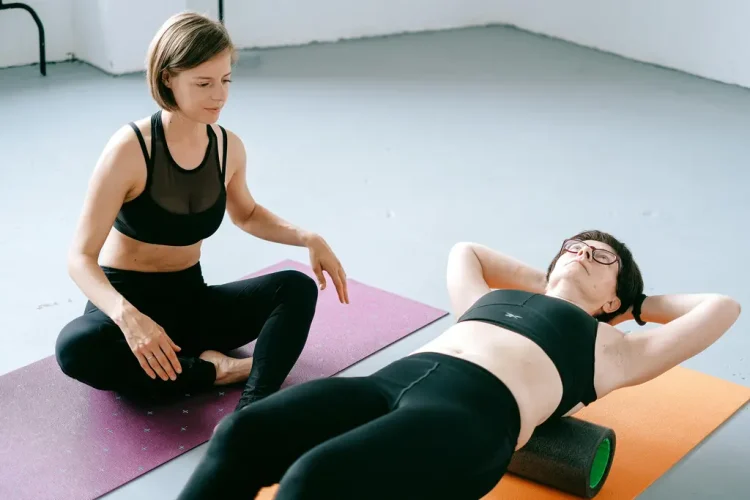
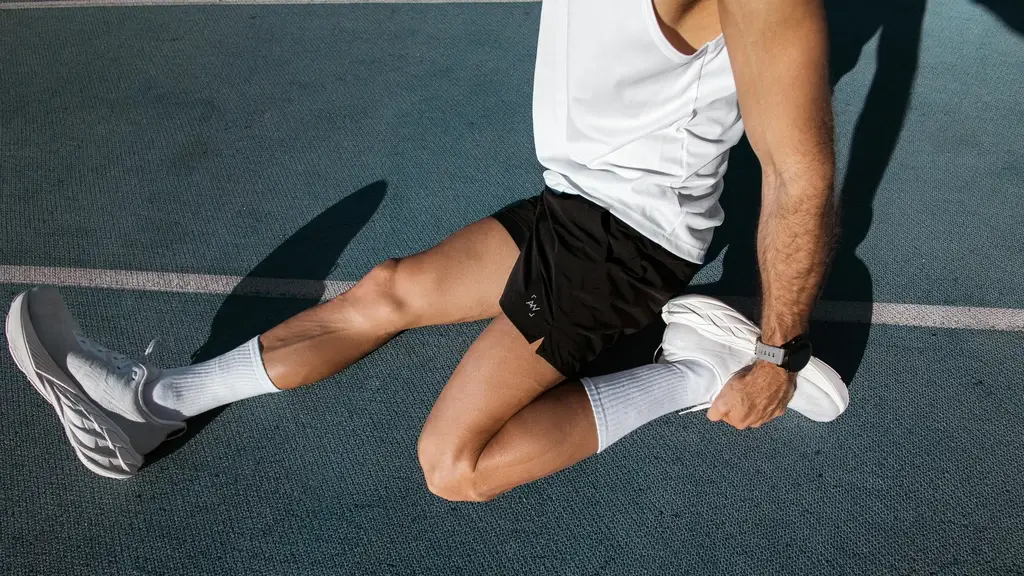


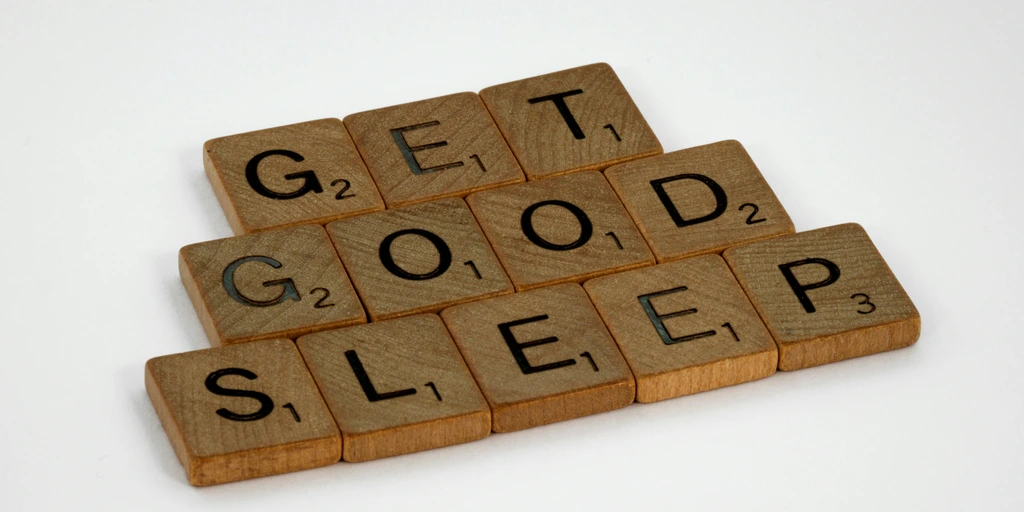
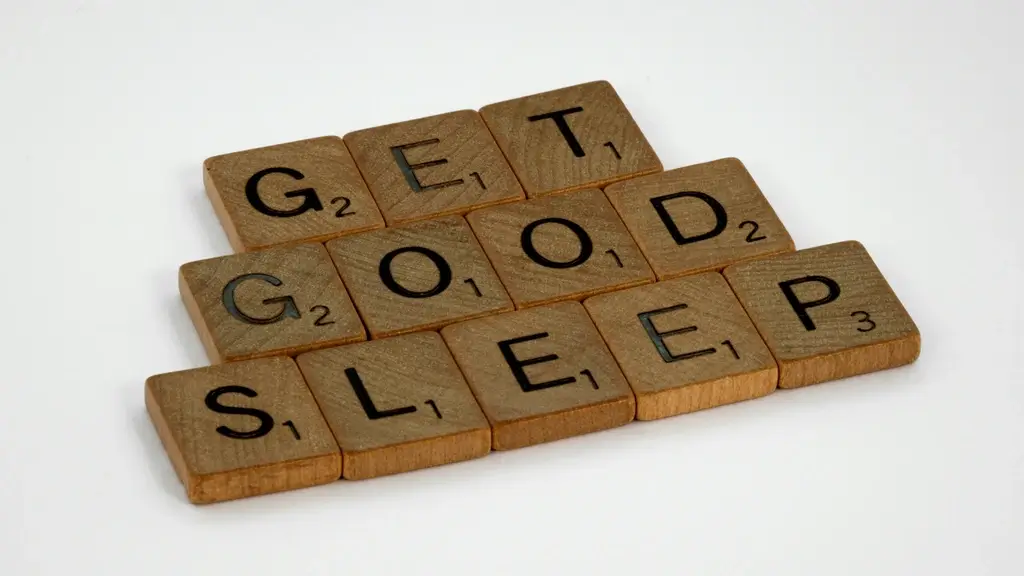



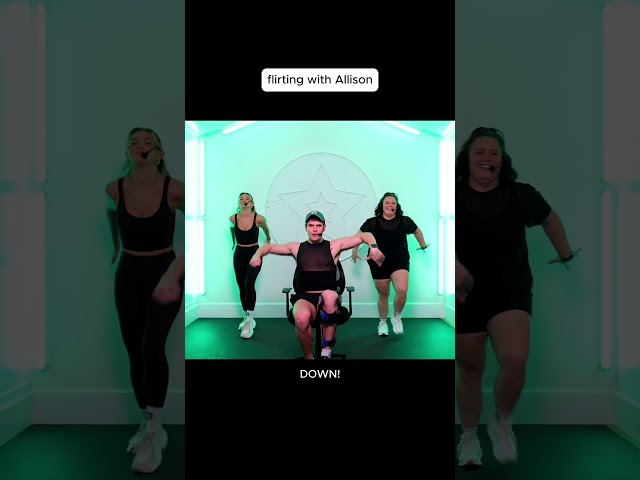


Discussion about this post